The United Nations Scientific, Educational and Cultural Organization Unesco recognized the Historic Center of Rome, Italy as a World Cultural Heritage in 1980.
Thank you for reading this post, don't forget to subscribe!Rome Historic Center – World Cultural Heritage in Italy
Rome is the capital of Italy, this is also the largest city of Italy with more than 2.7 million inhabitants. Rome’s history spans more than 2,800 years. Previously, this was the capital of the Roman Kingdom (Roman Empire). For more than 700 years from the first to the 7th century, this capital was the center of power in Europe. After the rule of the Roman Empire ended, Rome became the seat of the pope until 1870. In 1871, Rome officially became the capital of Italy.
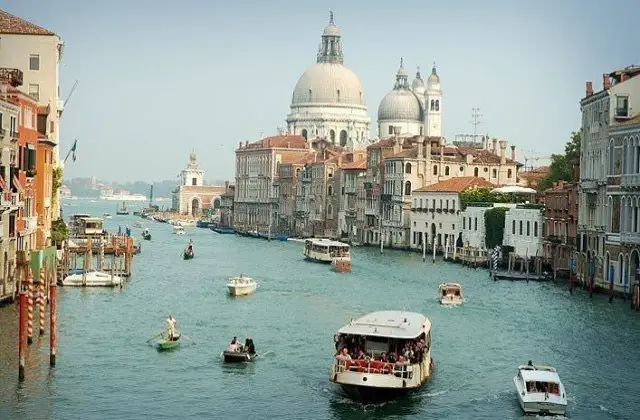
After the Middle Ages, Rome was ruled by popes such as Pope Alexander VI and Pope Leo X. These two popes turned the city of Rome into one of the great centers of Renaissance Italy. Up to now in Rome, there are still many historical and cultural works recording the imprints of the papal times as well as the ancient Roman Empire. These buildings and the areas where they are located are called the historic center of Rome.

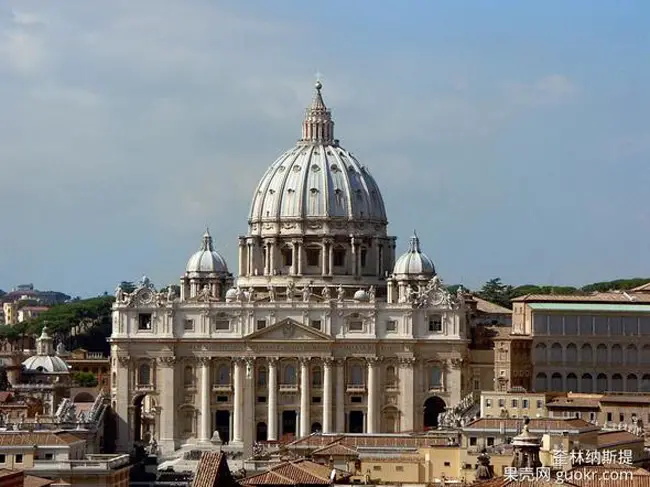
Typical works include St. Peter’s Basilica, Sisitian Chapel, Vatican City, Ancient Coliseum … Famous artists such as Michelangelo and famous architects such as Bernini and Raphael have left behind many of his masterpieces in these works.
For many years, Rome has always been one of the cities that tops the list of desirable cities and is also one of the cities that attracts the most tourists in the world. Two monuments in the historical center of Rome, the Vatican Museums and the Colosseum, are both on the list of the 50 most visited tourist attractions in the world. On average, the Vatican museum welcomes 4.2 million visitors/year and the Roman school receives 4 million visitors/year.
Discover Artistry: Vatican Museums in Rome’s Historic Center

The Vatican Museums, nestled in the heart of the Rome Historic Center, stand as a testament to the rich cultural and artistic legacy of the Vatican City. Home to an extensive collection of masterpieces accumulated over centuries, the museums offer a mesmerizing journey through the history of art.
As you wander through the intricately adorned halls, you’ll encounter treasures ranging from classical sculptures to Renaissance paintings. The renowned Sistine Chapel, adorned with Michelangelo’s awe-inspiring frescoes, stands as the crown jewel of the museums. The intricate details and vibrant colors tell stories of biblical narratives and showcase the genius of Renaissance art.
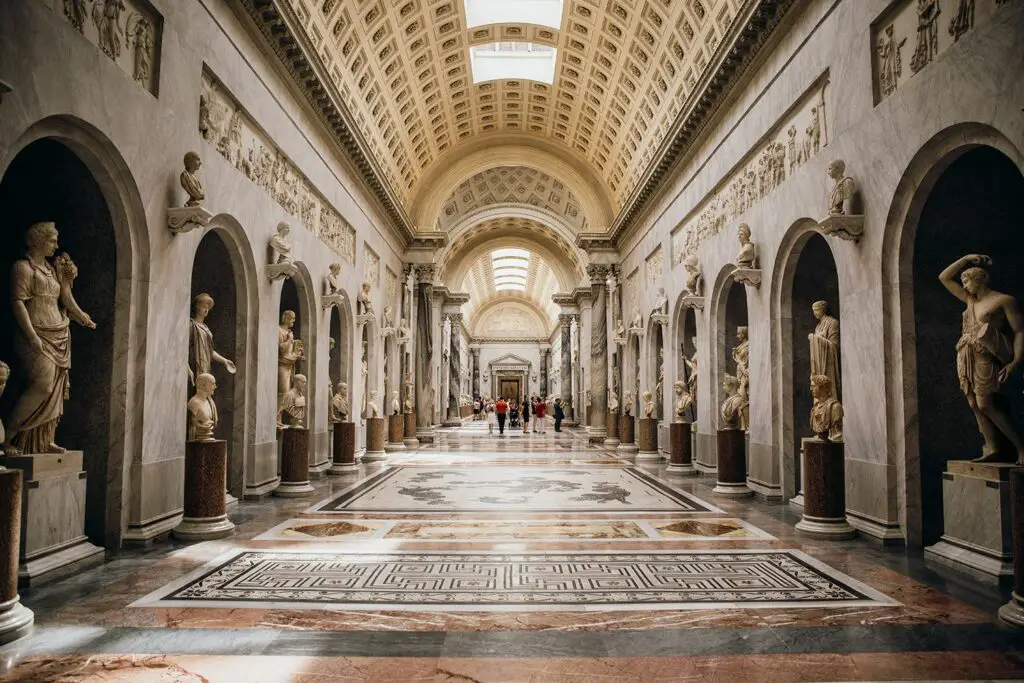
The Vatican Museums encompass multiple galleries and halls, each a showcase of artistic brilliance. The Gallery of Maps displays stunning cartographic masterpieces, while the Raphael Rooms exhibit the exquisite works of Raphael and his students. The Chiaramonti Museum houses an impressive collection of ancient sculptures.
Visiting the Vatican Museums is a captivating journey through time and artistry, offering a glimpse into the cultural richness of the Rome Historic Center. It is a pilgrimage for art enthusiasts, history lovers, and those seeking to immerse themselves in the cultural tapestry of Vatican City.
Exploring the Colosseum: Marvels of the Past
The Colosseum, an iconic symbol of ancient Rome, stands proudly as a testament to the grandeur and architectural prowess of its time. Located in the heart of the Rome Historic Center, this colossal amphitheater is a marvel of engineering and a poignant reminder of the city’s rich history.
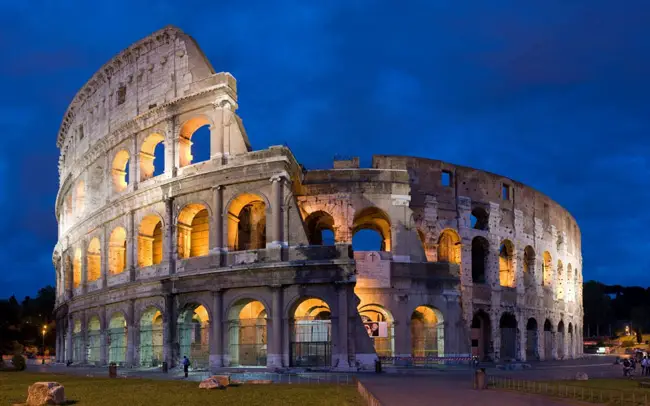
Constructed over a span of eight years, the Colosseum was completed in AD 80 and could accommodate over 50,000 spectators who gathered for thrilling gladiatorial contests and public spectacles. The elliptical structure is a blend of Doric, Ionic, and Corinthian architectural styles, showcasing the brilliance of Roman engineering.
As you stand before its towering façade, you can’t help but be awe-inspired by the magnitude of this ancient amphitheater. The Colosseum’s exterior, adorned with colossal columns and arches, reflects the grandeur of the Roman Empire.
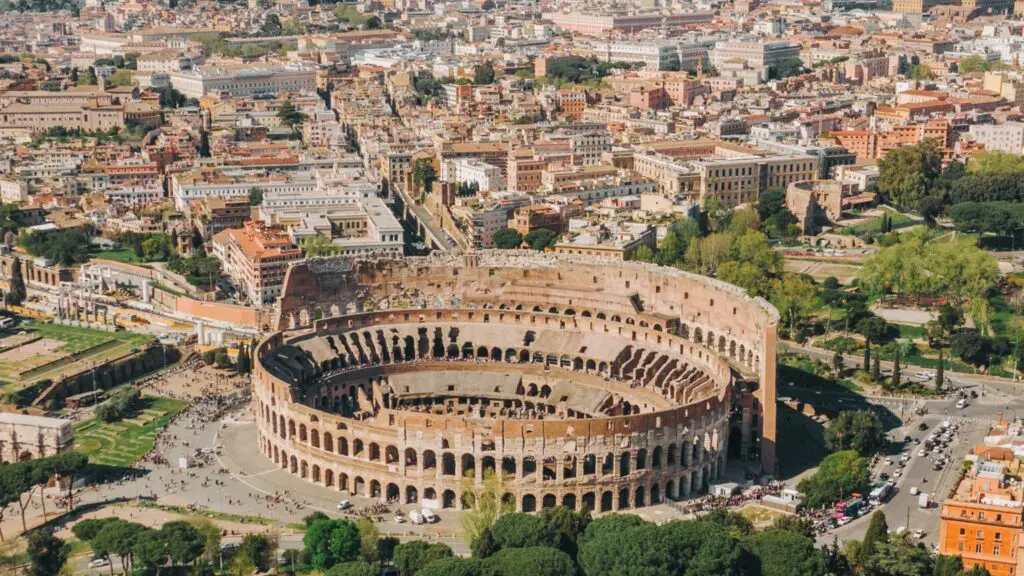
Venturing inside, you’ll explore the intricate network of underground chambers where gladiators once prepared for battle. The arena floor, once the stage for epic combat, now offers a glimpse into the past. The Colosseum, a UNESCO World Heritage Site, invites visitors to connect with the bygone era, making it an absolute must-see when exploring Rome.
According to history, Rome began to be built in the mid-8th century BC, this city was honored as the “eternal city”.
Ancient Rome was built on 7 adjacent hills, so it was called the city of 7 hills . In the city there are ancient architectural works such as squares, churches, monasteries, royal palaces, fountains and statues of gods.

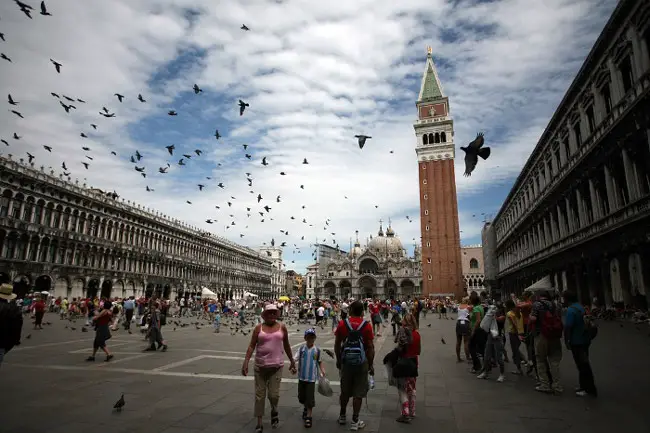
Vinece Square in the city center is the largest square in Rome, built in 1455. Many houses of former famous people in Rome are still retained here. To this day, important Italian ceremonies such as the presidential swearing-in ceremony are still held here.
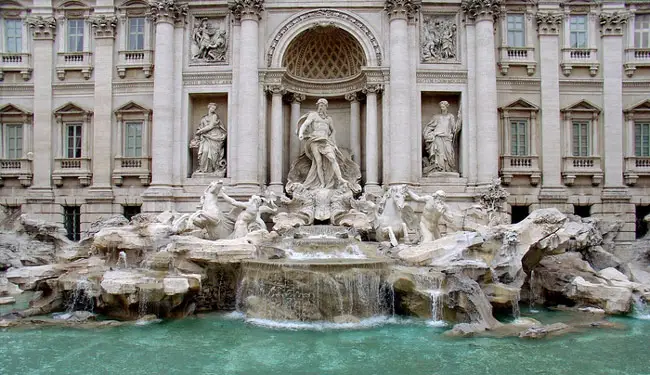
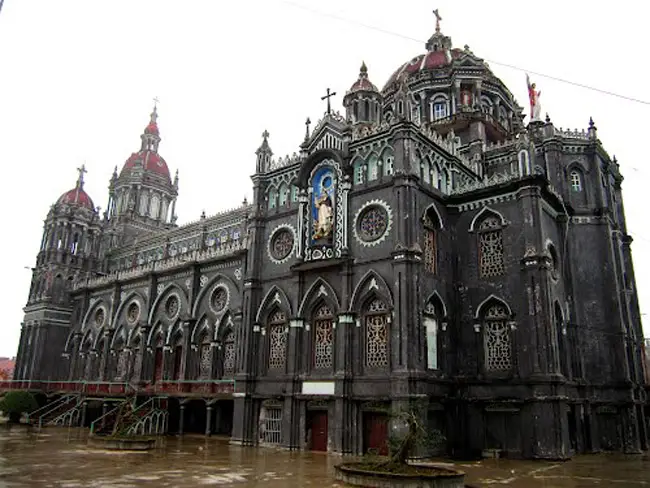
The fountain in the central square was built in 1672, designed by architect Petro to simulate the shape of a boat, so this fountain is also called the Boat of Heaven .
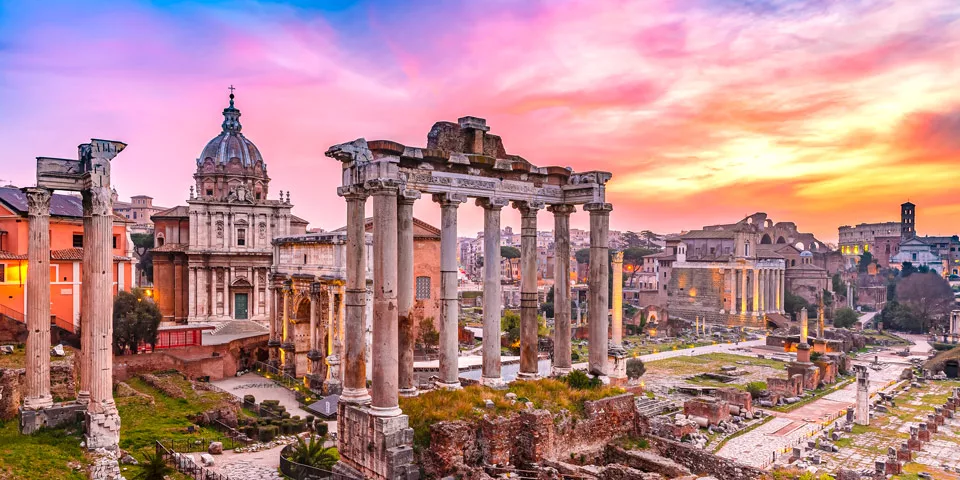
One of the symbols of Rome is the Colosseum. This arena was built between 70-80 BC. This is the largest outdoor amphitheater built during the Roman Empire. The original capacity of the dharma platform was 60,000 spectators.
In the following period, Rome also continued to build more large projects such as the Roman Hall, Notre Dame Basilica, Saint Paul’s Basilica, Santa Prassede Church, Conti Tower…
During the Renaissance and Baroque period, Rome continued to complete masterpieces such as Florence – this is a typical work of the Renaissance style. Piazza del Campidoglio designed by artist Michelangelo was also built during this period. In addition, during this period there were a number of other highly appreciated works such as: Vanezia Palace, Farnese, or Farnesina mansion… One of the most typical examples of Baroque art is the Trevi fountain, Montecitorio Palace – today the headquarters of the Italian House of Representatives.
Besides architectural works such as palaces, churches, chapels…Rome is also world famous for its fountains. In Rome today there are still many fountains built in different styles. There are fountains built more than 2,000 years ago, others built in the 18th and 19th centuries… The most typical of the fountains here is the Trevi fountain – a work in the style of Baroque architectural style.
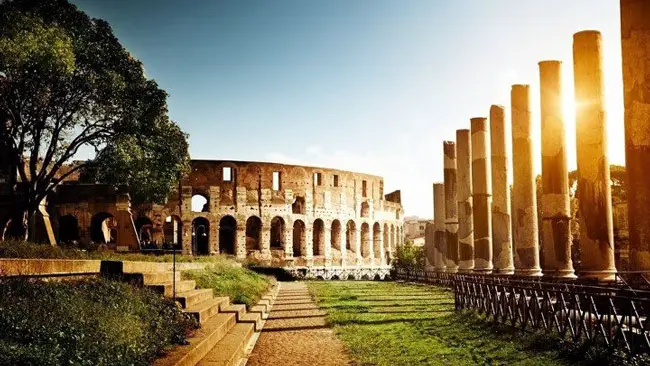
Although over time, human impact and climate, many buildings have been damaged or lost forever, the historic center of Rome still retains many valuable works that are considered masterpieces. architecture of the world. If you have the opportunity to come to Rome, you should not miss places in the historical center of Rome that have been recognized by Unesco as World Heritage Sites such as: Colosseum, St. Peter’s Basilica, Basilica of St. Mary Major, Trevi Fountain, Spanish Square, Venezia Square, Roman Forum, Traianus Tower, Angel Castle…





